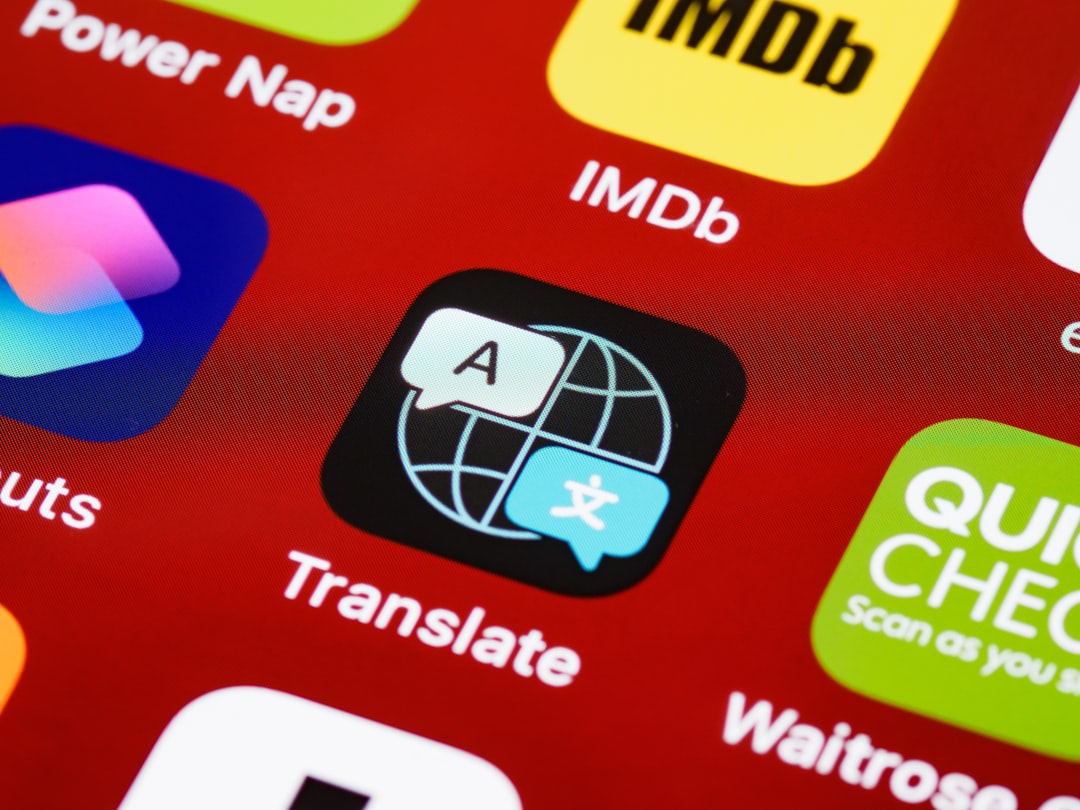Language learning apps have significantly evolved over the past decade, using cutting-edge technology to create personalized, gamified, and convenient experiences for users. As of 2025, Duolingo and Drops remain two of the most popular platforms for language acquisition. Although both serve the same end goal—helping learners master new languages—they differ substantially in design, methodology, and overall features. This article offers a comparative evaluation of Duolingo and Drops, analyzing which app delivers superior features and results for modern learners.
Contents of Post
The Core Philosophy of Each App
To understand which app might be better suited for your learning goals, it’s important to explore how each one approaches language instruction.
- Duolingo: Developed with academic and linguistic input, Duolingo focuses on a comprehensive curriculum that includes grammar, vocabulary, sentence structure, reading, and listening. It adopts a game-like design that keeps users motivated through levels, streaks, and achievements.
- Drops: Drops takes a minimalist approach, prioritizing vocabulary acquisition through visual learning and swipe-based interactions. Each session is time-limited to five minutes, encouraging daily, bite-sized learning without fatigue.
Both platforms have clear philosophies, but they serve slightly different types of learners. Duolingo is structured and comprehensive, ideal for those seeking gradual mastery of all language skills. Drops is visually engaging and light, suited for those looking for a quick and immersive daily vocabulary boost.
User Interface and Experience
In 2025, user experience is paramount in app development, and both Duolingo and Drops have heavily invested in refining their interfaces.
- Duolingo: The app has recently introduced adaptive learning pathways that dynamically adjust lessons based on user progress. It also includes role-play scenarios via AI-assisted conversation practice, enhancing its realistic immersion. The interface is playful yet functional, with color-coded categories and a personalized dashboard.
- Drops: Drops maintains a sleek, minimalist design using vivid illustrations and smooth transitions. Its “no-typing” policy makes it clean and focused, especially for visual learners. The daily time cap ensures learners do not burn out quickly.
While both offer high-quality interfaces, Duolingo’s updates in AI and gamification give it a slight edge in offering a more immersive and flexible learning journey.

Features and Tools
Here is a breakdown of key features offered by both apps as of their 2025 versions:
| Feature | Duolingo | Drops |
|---|---|---|
| Curriculum Depth | Comprehensive (grammar, vocabulary, reading, speaking) | Vocabulary-focused |
| Grammar Support | Integrated in lessons and separate grammar tips | Minimal to none |
| Speaking and Listening Practice | Yes, with interactive speech recognition | Basic audio matching only |
| AI Chatbot and Roleplay | Yes, advanced levels include chat with AI avatars | No |
| Gamification | Highly gamified with XP, leaderboards, badges | Moderate, focused on streaks and time challenge |
| Customization and Personal Path | High | Low |
| Available Languages | Over 45 | Over 40 |
Duolingo clearly outpaces Drops in diversity of features and user control. The inclusion of AI chat scenarios, grammar tips, and multi-skill training places it as an all-in-one platform. Drops, on the other hand, is excellent for quick vocabulary acquisition but lacks depth in developing speaking, listening, and structural skills.
Effectiveness and Learning Outcomes
Ultimately, the best language app is one that delivers real, measurable results. In a recent 2025 survey conducted by the Language Technology Institute, Duolingo and Drops were compared based on average vocabulary retention, user adherence, and fluency improvement over a six-month period.
Key findings:
- Retention: Drops users retained 14% more vocabulary in the short term due to visual learning strategies.
- Long-term Skill Building: Duolingo users reported a 28% higher improvement in speaking and comprehension skills.
- Daily Engagement: Drops users appreciated the quick 5-minute sessions and showed a slightly higher daily return rate, particularly among casual learners.
This suggests that Drops may be better for memorizing nouns and everyday vocabulary, while Duolingo enables longer-lasting, broader language development.

Pricing and Subscription Models
Both apps operate on a freemium model but differ in their premium pricing and value.
- Duolingo Premium (Super Duolingo): $7 per month (annual billing). Removes ads, unlocks unlimited mistakes, progress tracking, and allows access to personalized review sessions.
- Drops Premium: $9.99 per month or lifetime purchase option. Offers unlimited playtime, offline access, and additional word packs by topic.
Though Drops is slightly more expensive, it adds value for people who appreciate thematic vocabulary study and unlimited access. However, Duolingo’s premium tier is more balanced for full-skill development, making it the cost-effective choice for dedicated learners.
Speech and Accent Training
In 2025, speech training has seen breakthroughs with AI and voice recognition technologies. Duolingo has incorporated AI coaches that not only listen to your pronunciation but also give corrective feedback in real time, a tool that competes with standalone pronunciation apps like ELSA. Drops does not offer such capability, relying instead on audio prompts and matching games.
For learners hoping to fine-tune their accent or improve fluency in speaking, Duolingo offers significantly more resources in this regard.
Which App is Right For You?
Choosing between Duolingo and Drops depends heavily on your goals and learning style.
- Choose Duolingo if: you want a structured language program that develops all your skills—grammar, speaking, reading, and listening—and if you’re willing to commit more than five minutes daily.
- Choose Drops if: you are visually inclined, short on time, and mainly looking to build vocabulary with minimal grammar or speech interaction.
Ideally, the two platforms can even complement each other. Beginners might benefit from Drops for vocabulary building, while using Duolingo to start forming full sentences and interacting with language use cases.
Conclusion
In the increasingly sophisticated world of language-learning tools, both Duolingo and Drops bring unique advantages. While Duolingo provides a thorough, gamified, and evolving curriculum suitable for serious learners, Drops shines in short-term vocabulary retention and beautifully designed experiences for casual learners.
If your priority is mastering a language beyond just memorizing words, Duolingo stands out as the superior choice in 2025. However, for those seeking an engaging, daily dip into a new language with minimal commitment and maximum visual appeal, Drops continues to hold excellent value.

